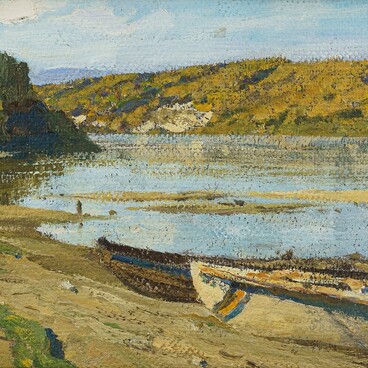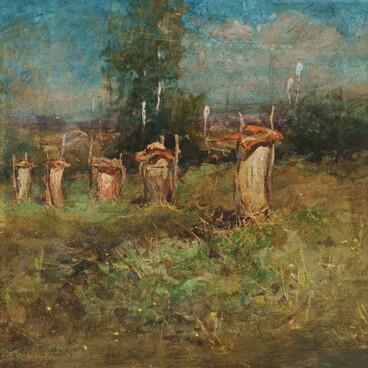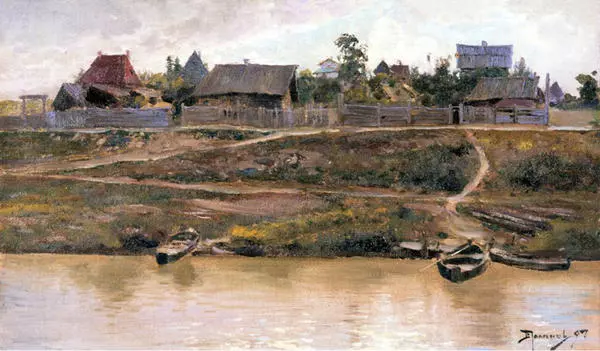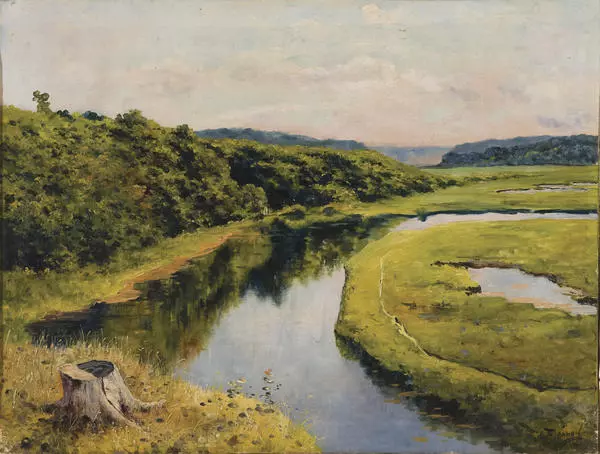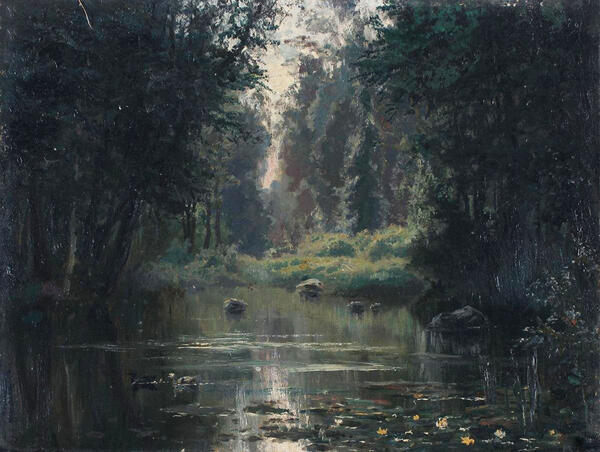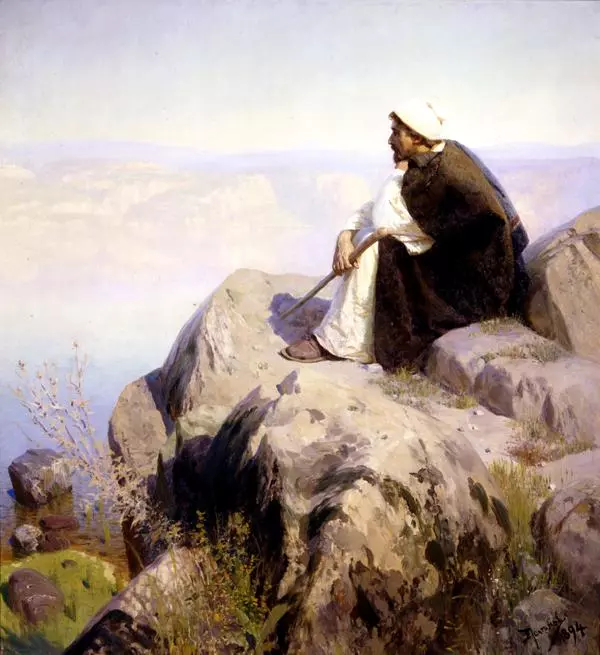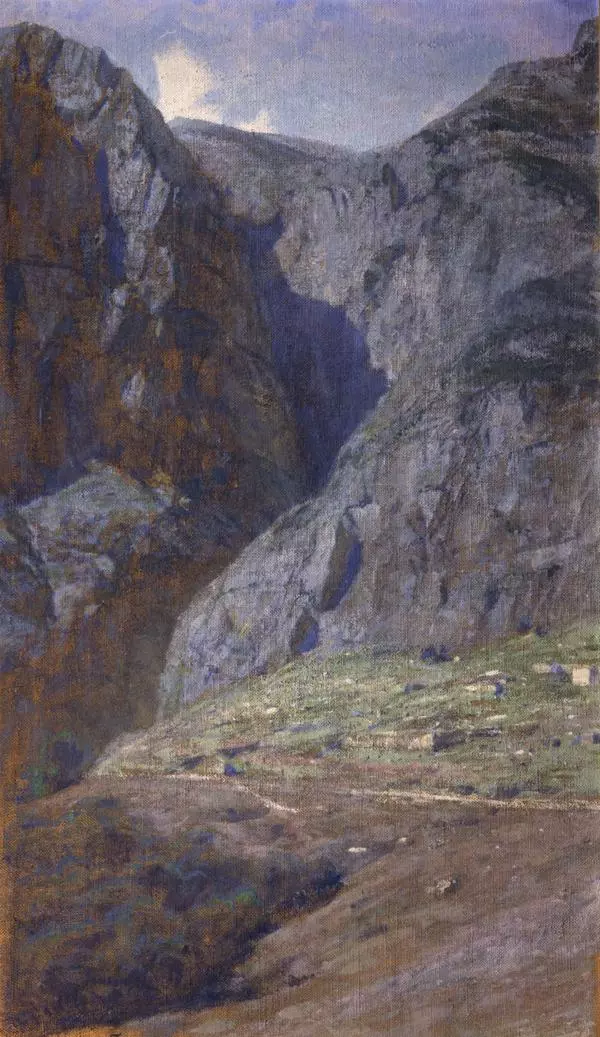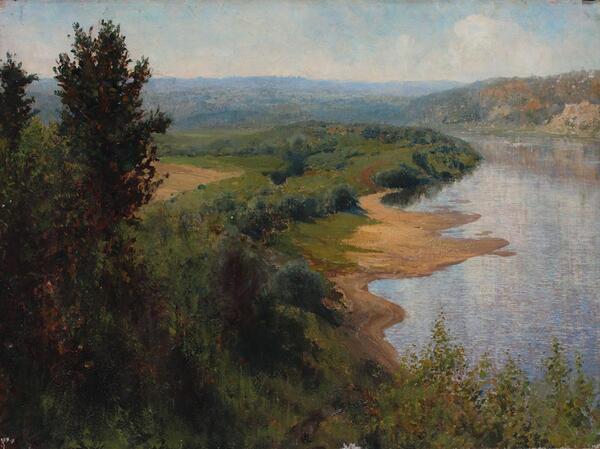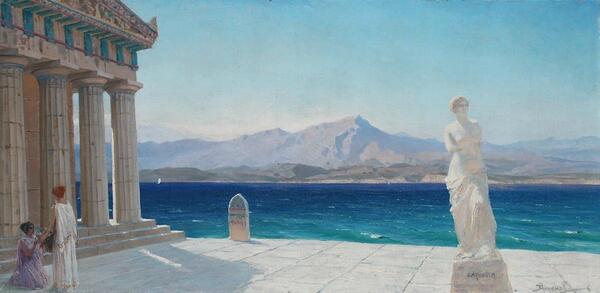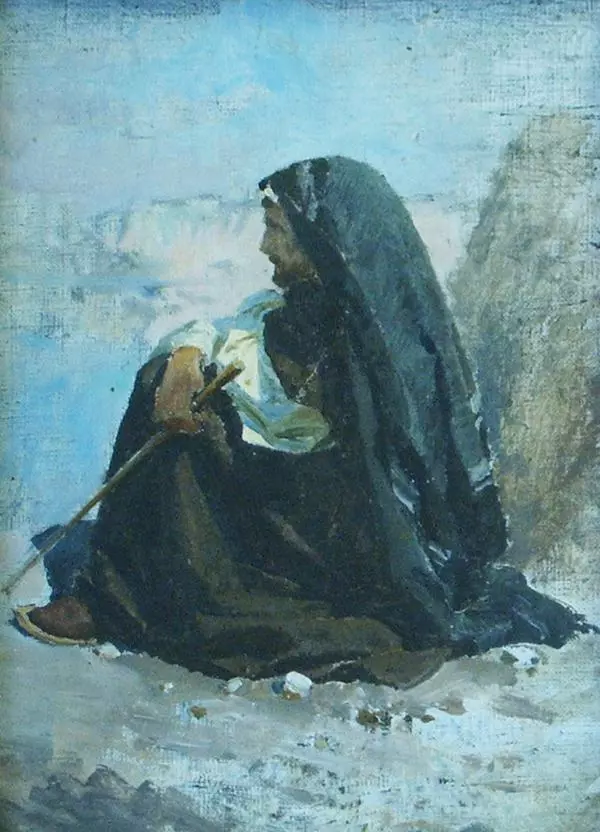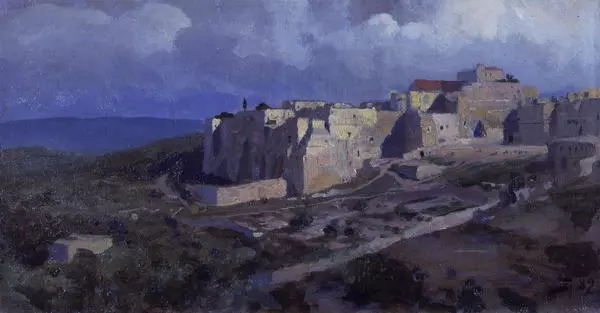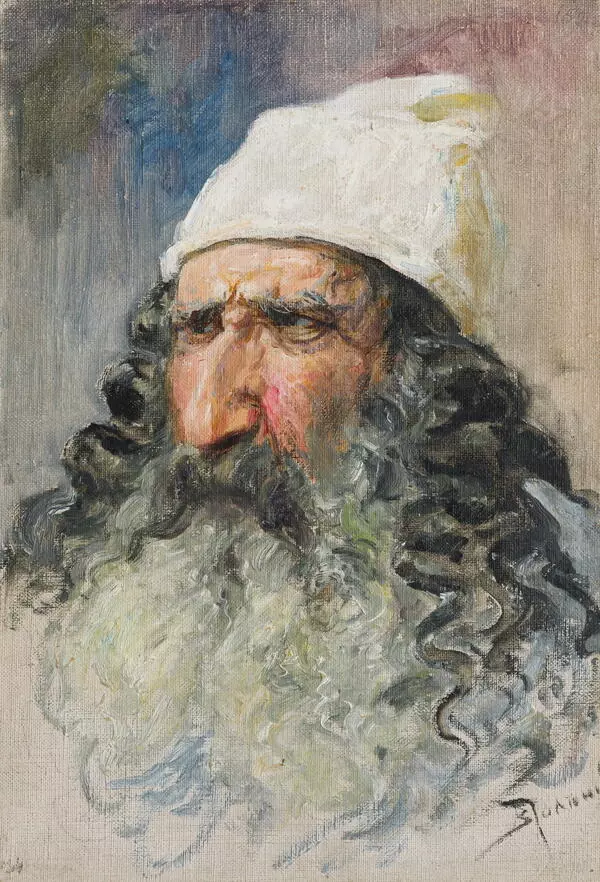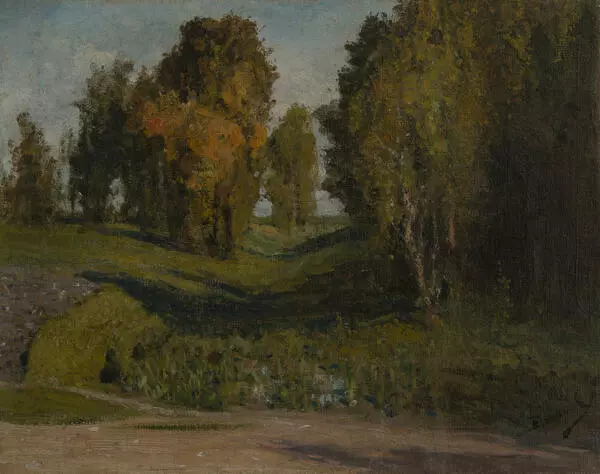Vasily Dmitriyevich Polenov was a Russian painter, who specialized in landscapes, history and genre painting. He was also a teacher, stage designer and organizer of folk theaters. He taught such famous painters as Isaac Levitan and Konstantin Korovin.
The artist was born into a noble St. Petersburg family in 1844. His father was a diplomat with a passion for archaeology and bibliography. His mother was a children’s author, artist, and granddaughter of the architect Nikolay Alexandrovich Lvov. She was the one to give Polenov his first drawing and painting lessons; she also invited a student of the Academy of Arts Pavel Petrovich Chistyakov, who would later become an outstanding draftsman and teacher, to instruct her son.
In the spring of 1871, Polenov graduated from the university with the title of bachelor of laws. In the fall of 1871, he received a Grand Gold Medal from the Academy of Arts for the painting “The Raising of Jairus’ Daughter” and the right to travel around Europe for six years at the expense of the Academy.
The artist worked on a large cycle of paintings dedicated to the life of Jesus Christ for a long time, and it rightfully occupies a special place in his oeuvre. He sought to depict Jesus as a man, rather than the son of God, “to show Jesus Christ not only as a concept, but as a person who has come into the world and walked alongside the people.”
To accurately recreate the setting in which the Gospel events took place, Polenov and other artists took several trips to the Middle East, visiting Egypt, Syria, and Palestine. Vasily Polenov created small landscape studies there, which formed the basis of the Traveling Exhibition in 1903. Those include the study called “Lake of Tiberias” — a preparatory work for a large painting “On Lake of Tiberias (Gennesaret)”, which is currently part of the Tretyakov Gallery collection.


